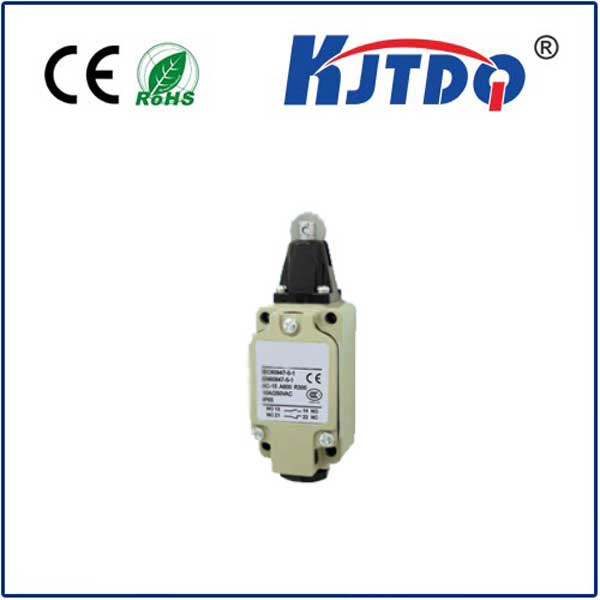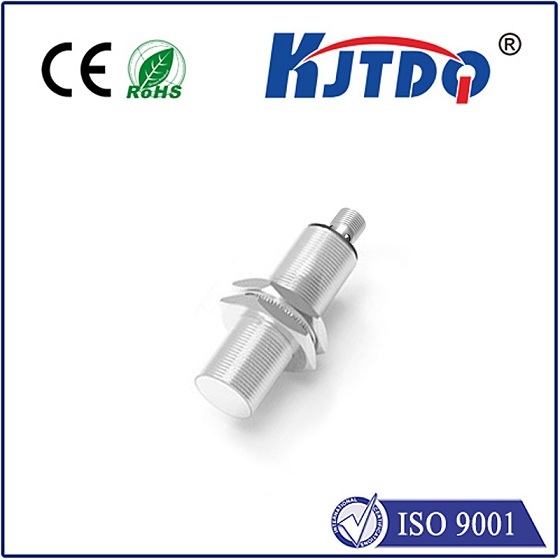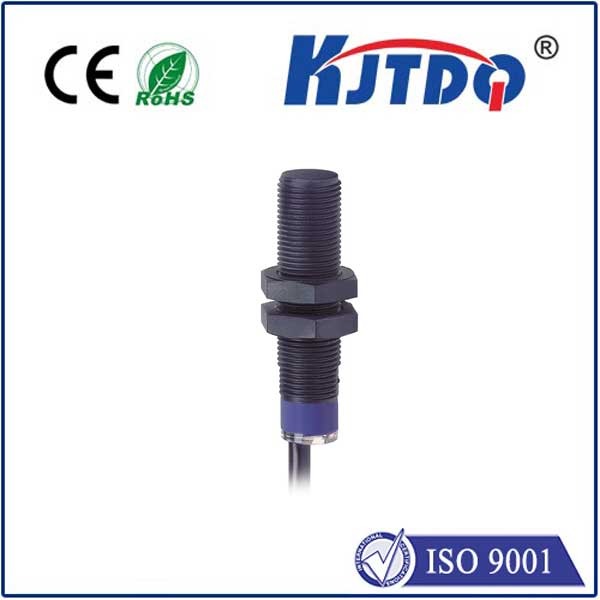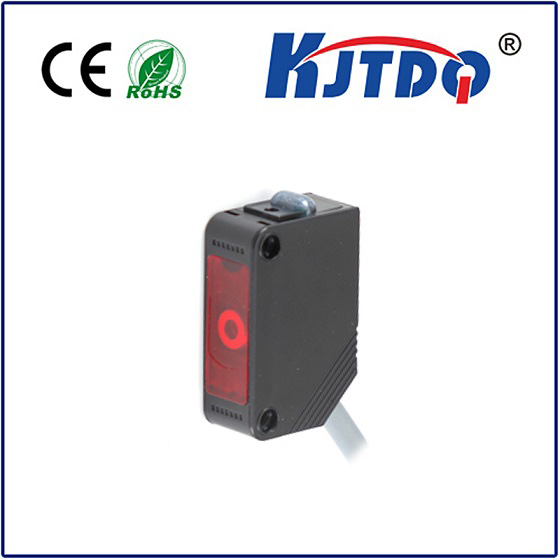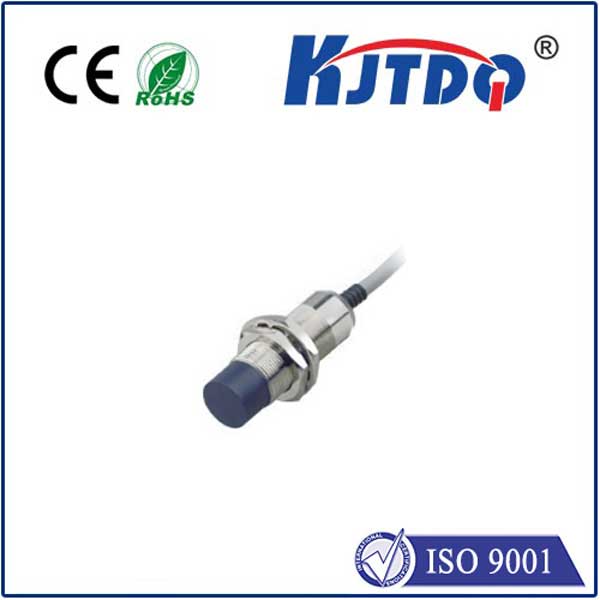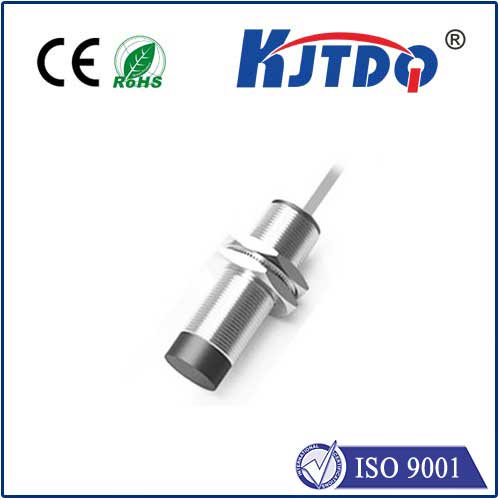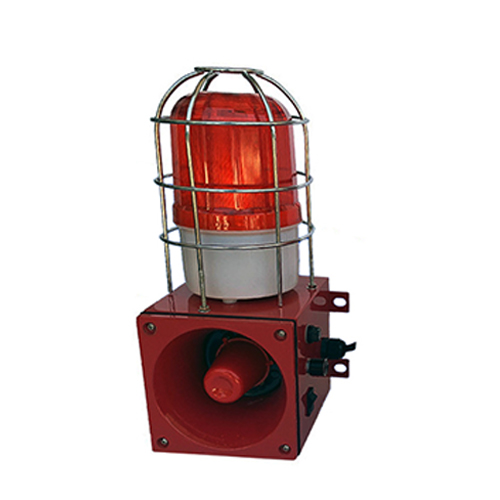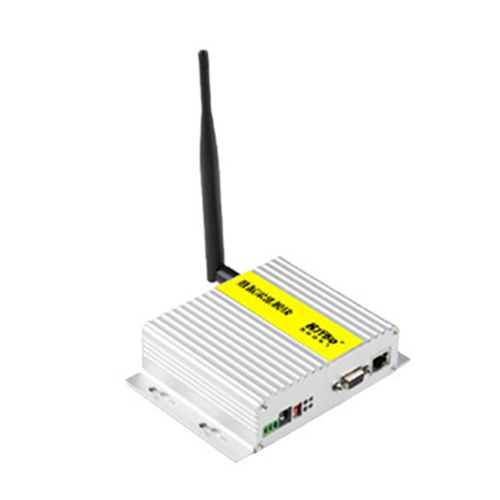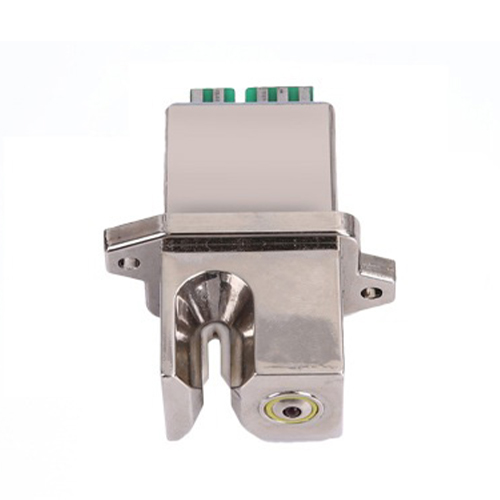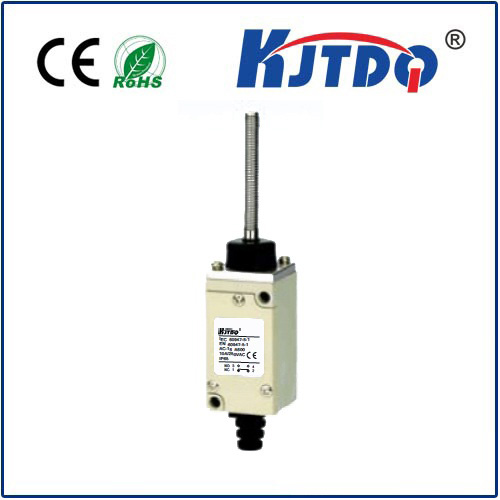

check

check

check

check

check

check

check

check

check

check
Title: "Exploring the Marvels of the Switch Plunger: Unleashing its Versatility and Potential"
In the world of industrial automation, few tools have proven as versatile and indispensable as the switch plunger. This simple yet effective device has revolutionized manufacturing processes and improved efficiency in countless industries. In this article, we will delve into the fascinating workings of the switch plunger, exploring its various applications and potential uses.

At its core, a switch plunger is a mechanical device that allows for the control of flow by opening or closing a valve. Its design consists of a plunger, which can be activated by a switch or other mechanism, and a valve that is connected to an input or output source. When the switch is activated, the plunger is pushed forward, causing the valve to open and allowing flow to proceed. Conversely, when deactivated, the plunger retracts, closing the valve and blocking flow.
One of the most significant advantages of the switch plunger is its ability to provide precise control over flow. By adjusting the position of the plunger, manufacturers can regulate the amount of fluid that enters or exits their systems, ensuring optimal performance and minimizing waste. Additionally, switch plungers can be designed with different types of valves, such as ball valves, check valves, and globe valves, allowing them to be used in a wide range of applications.
In terms of industrial applications, switch plungers are particularly useful in processes involving high pressure or corrosive environments. For example, they can be used in chemical processing plants to control the flow of hazardous materials, ensuring safety and efficiency. They also find use in oil and gas exploration, where they allow operators to precisely control the delivery of fluids and improve drilling efficiency.
Furthermore, switch plungers have numerous potential uses beyond these specific industries. In agriculture, they can be used to manage irrigation systems, ensuring that crops receive the right amount of water at the right time. In food processing, they can assist in cleaning and sterilizing equipment, enhancing hygiene and reducing contamination risks. And in water treatment facilities, they can help optimize the treatment process by controlling the flow of pollutants and contaminants.
In conclusion, the switch plunger is a remarkable tool with numerous applications in various industries. Its versatility and precision make it an essential component in many manufacturing processes, providing efficient control over flow and optimizing performance. From high-pressure chemical processing to agricultural irrigation systems, the switch plunger's potential uses are virtually limitless. As technology continues to advance, it is likely that we will continue to see new and innovative applications for this simple yet powerful device.
